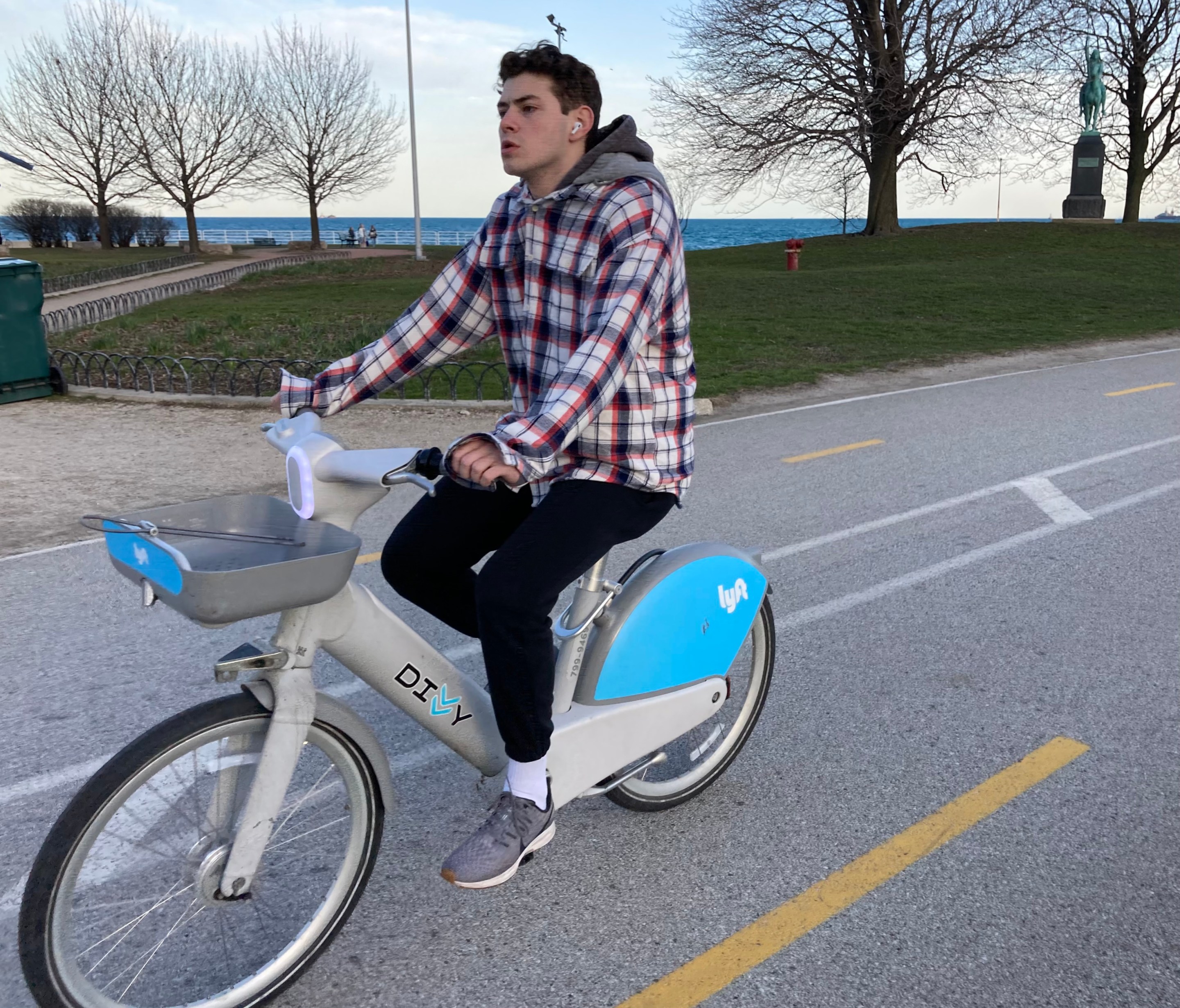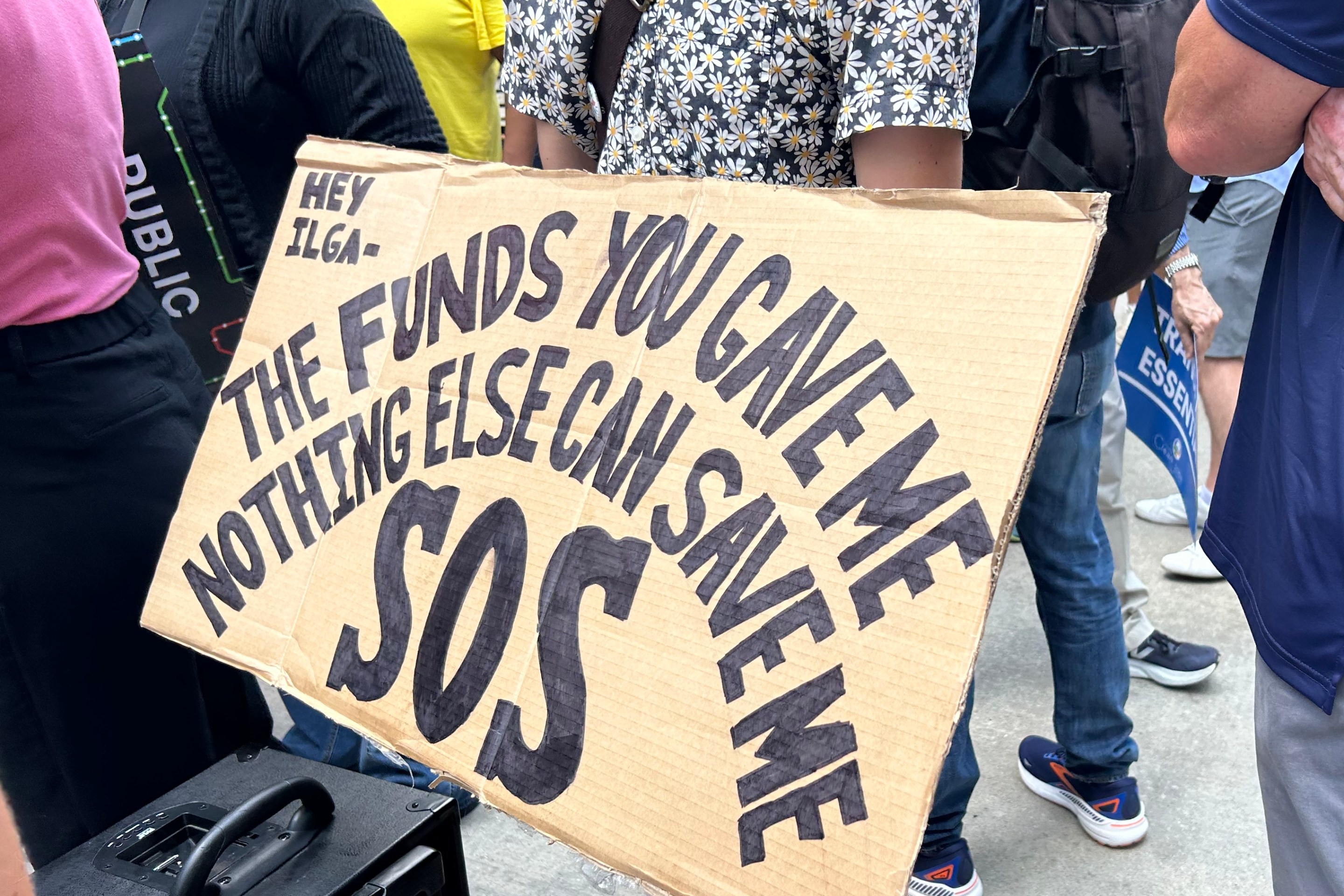Last Thursday Chicago officials announced three major pieces of micromobility news. First, the city's first permanent e-scooter rental program will be launching in May with a total of 3,000 privately-owned electric scooters provided by Lime, Spin, and Superpedestrian. Second, the publicly-owned Divvy system will be getting in on the action by deploying an additional 1,000 e-scooters that can be docked at existing Divvy stations (or, like the other scooters, locked to bike racks or poles via built-in cable locks), focusing on downtown locations. Third, Divvy is changing its pricing structure, including eliminating the fee waiver zones west of Western Avenue (2400 W.) and south Pershing Road (3900 S.), where there's currently no additional per-minute surcharge or non-dock parking fee when you use the electric bikes (which can also be locked on racks and poles thanks to built-in locks.)
That last item raised some red flags. Divvy station density is generally lower in the waiver zone than the fee zone east of Western and north of Pershing, and all of the new stations placed in outlying neighborhoods last year were "E-stations," basically glorified bike rack installations where it's not possible to park the blue non-electric bikes. Therefore, in much of the current waiver zone, including many lower-income Black and Latino communities, residents basically have no choice but to use the black or gray e-bikes, and it appeared they would have to have to start paying extra fees to use them. Since destinations tend to be farther apart on the South and West sides, those Chicagoans are also more likely to rack up more minutes on bikes than people downtown and in denser North Side neighborhoods. That sparked equity concerns.
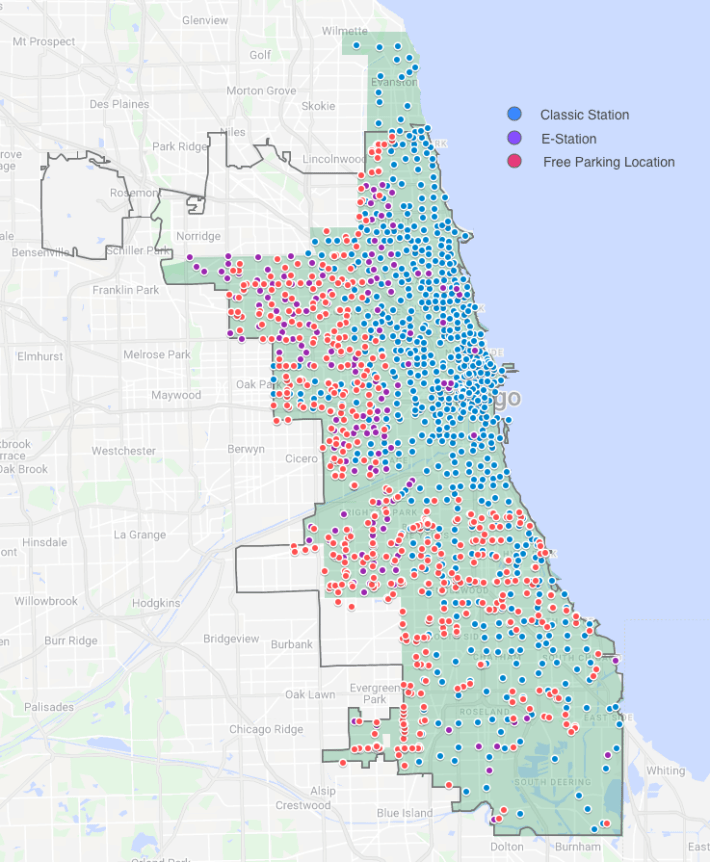
Also concerning was an Active Transportation Alliance blog post that originally seemed to say Divvy e-bike use fees for members would be rising steeply, including for lower-income people enrolled in the Divvy for Everyone (D4E) $5 membership program. (The income limit for D4E in Chicago is $35,310 for a single person.) While the current e-bike surcharges in the fee zone are 20 cents a minute for non-members and 15 cents a minute for members, ATA stated, "Non members will pay... 39 cents per minute and members will pay 25 cents per minute." The group later deleted that passage and clarified that they had been talking about the new scooters, not e-bikes, and they still weren't totally sure the numbers were accurate. So there was a lot of confusion about the new pricing structure.
Fortunately, Divvy got back to me today with full details about how the new price system, which will kick in when the scooters launch next month, will work. The city says the pricing structure is "simplified" in that you'll no longer need to worry about whether you're riding in the fee or waiver zone. But as you can see from the chart I threw together below (the new prices are highlighted in yellow), it's still pretty complicated.
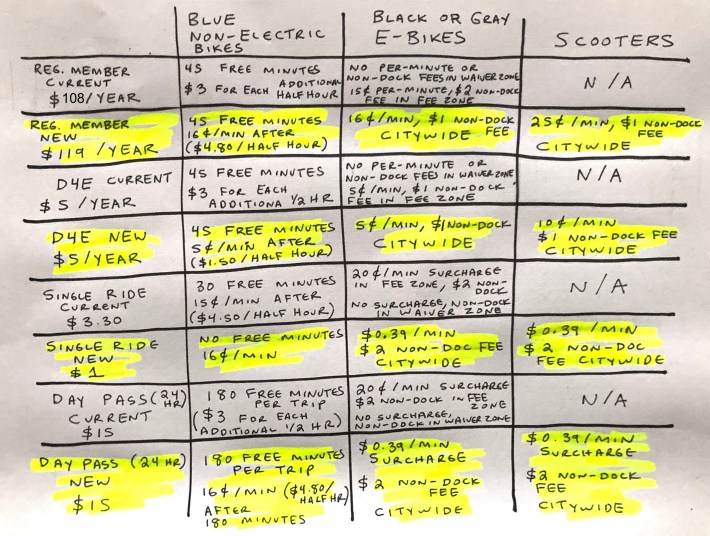
I still haven't completely wrapped my head around the new system yet. But my initial impression is that, thanks to the e-bike surcharges for D4E members remaining low, plus some new initiatives meant to soften the blow of the elimination of the waiver zone, the changes don't present major equity issues.
In addition, while some local cyclists who read the initial ATA post balked at the prospect of a 25-cents-per-minute e-bike surcharge for regular members, arguing that made the system to expensive to be worth using, it turns out the current 15-cents-a-minute surcharge is only going up a penny a minute. So that's probably not going to change riding habits much, at least within the current fee zone. That's where about 83 percent of rides took in 2021, according to Jordan Levine, a spokesperson for Lyft, the Divvy concessionaire.
Still, the city could have saved local bike advocates some elevated blood pressure if they'd just released all these details when they announced that there would be a new fee structure, proving once again that transparent communication with the public is key. Let's walk through some of the more notable aspects of the pricing changes, by type of membership or pass.
Regular annual membership
The current $108 yearly fee for regular memberships is rising by about 10 percent, to $119. Lyft's current contract with the city of Chicago requires them to get approval from the Chicago Department of Transportation for price hikes greater than 10 percent per year.
While the per-minute surcharge is rising from 15 to 16 cents a minute, the good news is that the non-station parking fee will be cut in half, from the current $2 in the fee zone to $1 citywide. I, for one, will find it much more tempting to park an e-bike in right in front of my destination in the future instead of docking at a station a few minutes away, since that convenience will only cost an extra buck.
Scooter use will be relatively pricey, at 25 cents a minute, but the non-dock parking fee will still be $1.
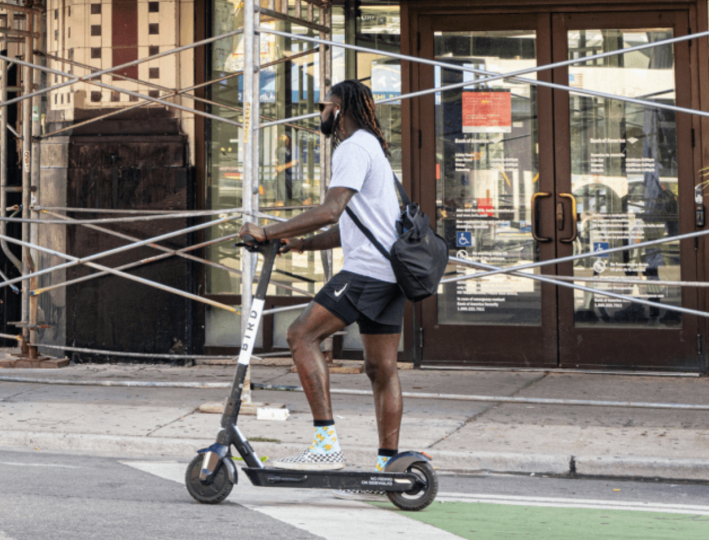
Divvy for Everyone
The cost of D4E memberships will remain only $5. As a bonus, the city is getting rid of the current one-year limit for the discounted membership – qualifying residents can re-up as often as they like.
While the 5-cents-a-minute e-bike surcharge for D4E members is modest, these members will get $10 in free credit a month for the next 12 months, which can be used for surcharges and/or the $1 non-station parking fee. So let's say you take three rides a month to destinations where it's not convenient to park at a dock – that's $3 in non-dock fees total. You'd still have $7 credit left, enough for 140 minutes in free rides, or four 35-minute trips.
So occasional D4E riders will more-or-less be able to use the e-bikes for free (minus the $5 annual membership fee) anywhere in the city. And even if you commute daily, for the price of a $5 roundtrip 'L' trip you can ride for 100 minutes, making e-bike-share an affordable alternative to transit.
Even the scooters will be relatively cheap for D4E members, at 10 cents a minute, with the same $1 non-dock parking fee.
Interestingly, Levine said the elimination of the waiver zone may affect relatively few current D4E members, because about three-quarters of D4E trips are taken in the fee zone. He added that, based on 2021 ridership patterns, it's projected that more than two-thirds of D4E members will pay no surcharges for e-bike rides thanks to the $10 in free credit.
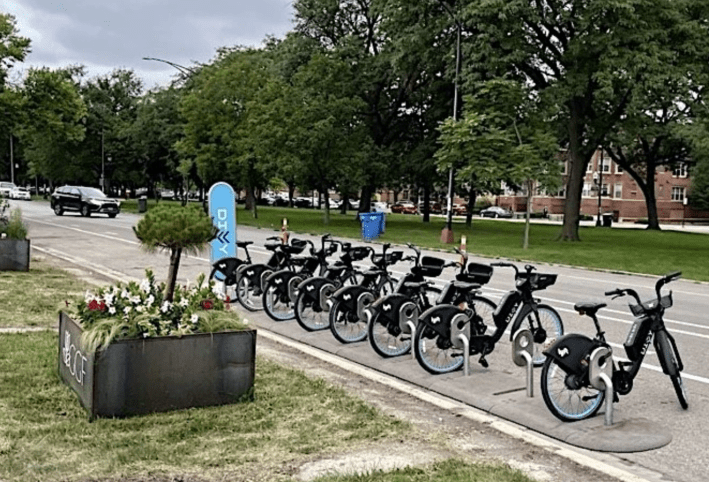
Single ride passes
A single Divvy bike ride currently costs a flat $3.30 for a 30-minute non-electric bike ride. The new pricing system lowers that to a $1 base fare, but you now have to pay 16 cents a minute. That will save you money if you're taking a quick jaunt of up to 14 minutes, but cost you more on longer trips.
For both e-bike and scooter rides, there will be a relatively hefty 39-cents-a-minute surcharge, up from the current 20-cent rate, plus a $2 non-dock parking fee.
24-hour day passes
These have always been a good deal at $15, allowing you to take as many rides of up to three hours as you like in a single 24-hour period. That will continue to be the case for the blue bikes, since the base price isn't going up. Levine said that's because, oddly, these passes aren't a very popular option, even for visitors to Chicago.
As with single rides, the current 20-cents-a-minute electric bike surcharge is nearly doubling to 39 cents for both e-bikes and scooters.
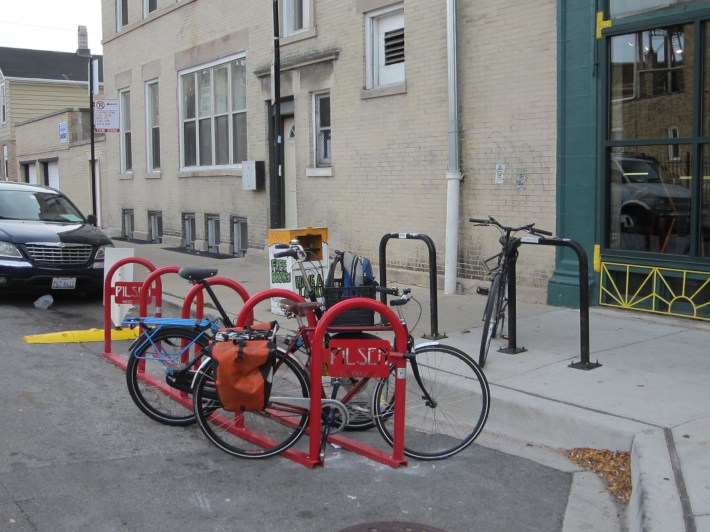
New parking corrals
Another thing that will help ease any pain associated with the elimination of the waiver zone is that Lyft is working with CDOT to install over 500 on-street bike rack corrals, consisting of "inverted U" racks parallel to each other on rails bolted to the road, where both Divvy electric bicycles and e-scooters, plus private bikes and scooters, may be locked, Levine said. The corral locations will appear in the Divvy app. Using GPS technology, Divvy will detect when its vehicles are locked at these corrals and waive the usual $1 non-station fee for regular and D4E members.
Since these corrals will only be installed in the former waiver zone, this strategy will help address the issue of lower station density in those areas. The corrals will also help prevent all the new "lock-to" micromobility devices from creating a bike rack parking crunch for people riding their own bicycles and scooters. According to Levine, a very similar approach has been successful in Portland, Oregon, where Lyft operates the Biketown bike-share system.
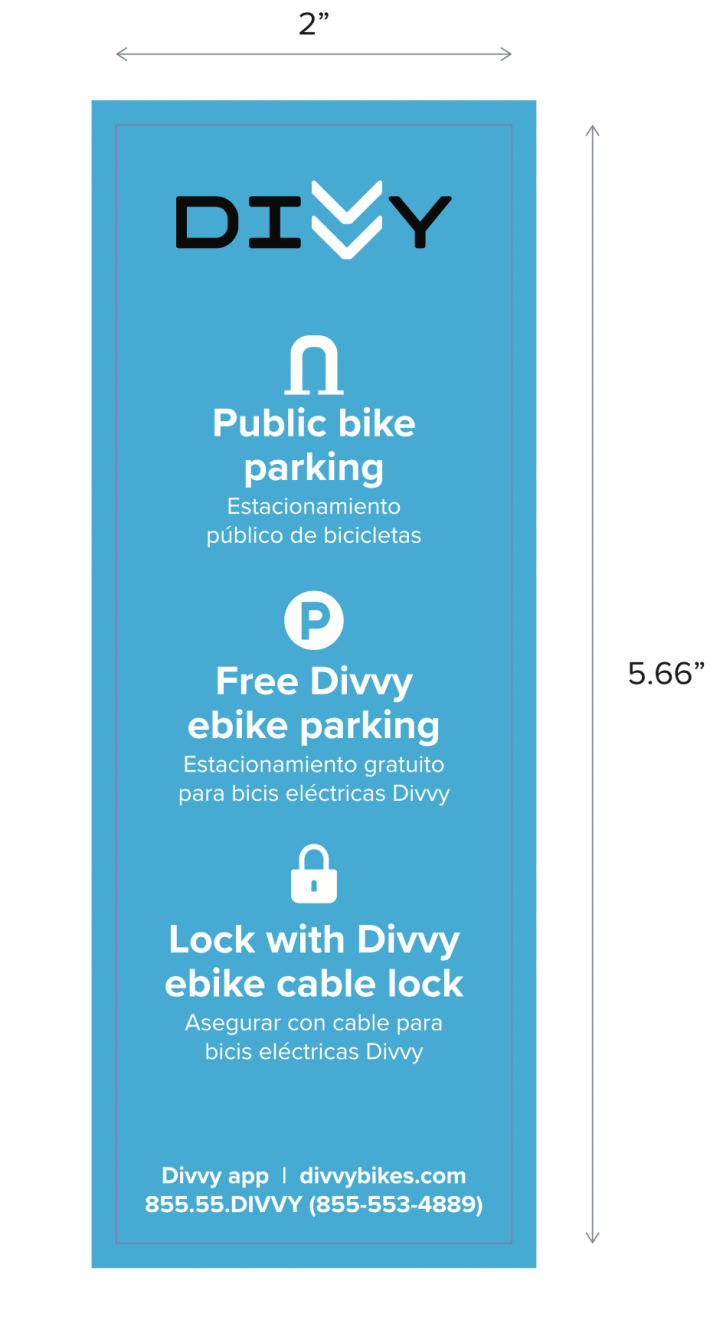
The only significant downside of the new pricing structure, which bases the e-bike discounts on income rather than geography, I can think of is for people who make more than $35,310 who live in outlying neighborhoods with no traditional docking stations or blue bikes. They will have no choice but to use e-bikes when they want to ride a Divvy cycle, unlike their counterparts east of Western and north of Pershing. And unlike D4E members, regular Divvy members in the former waiver zone won't get the $10 in free monthly credit, so they'll have to pay, say, $4.80 for a 30-minute trip ending at a station or corral, or $5.80 if they park elsewhere. So, as has always been the case since Divvy debuted almost a decade ago, the playing field will still be tipped in favor of downtown and other station-rich, centrally-located neighborhoods like Lincoln Park and Lakeview.
But overall the new information about the pricing structure and corrals reassures me that Divvy prices will continue to generally be affordable and fair. Are there any downsides or perks of the new system I'm overlooking? Tell us about them in the comments.
